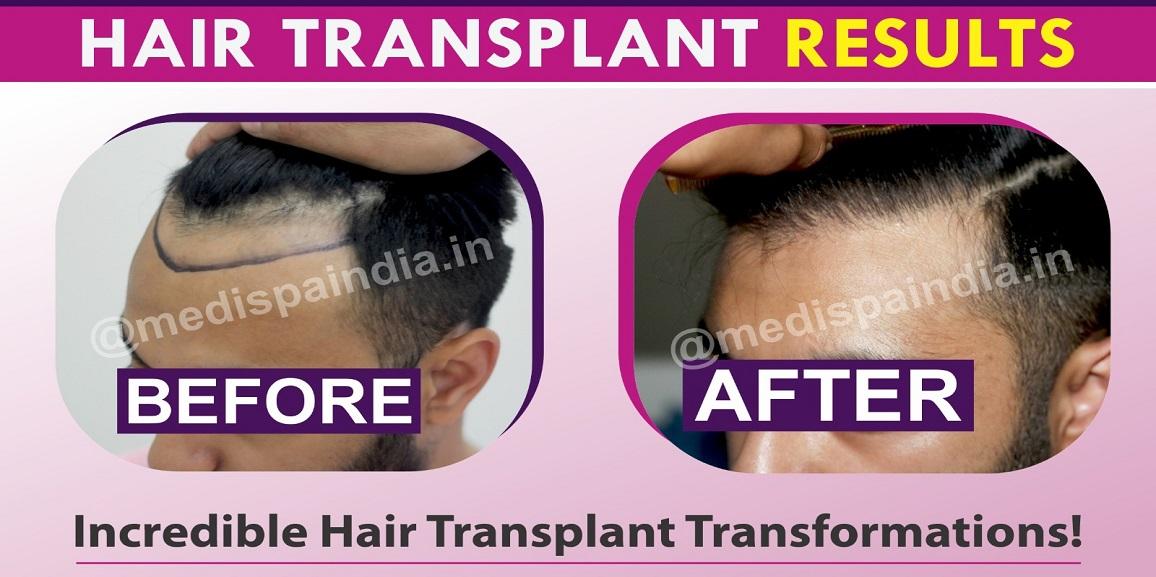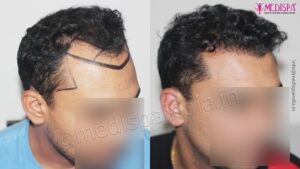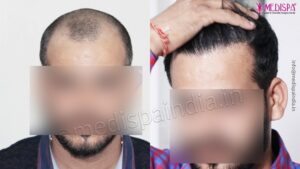
It has been wisely stated that having only partial knowledge about something is worse than having no knowledge at all. Similarly, myths have a detrimental effect on our ability to make informed decisions. Many individuals who suffer from hair loss abandon their plans for a hair transplant due to the prevalence of these unfounded myths. Therefore, it is crucial to avoid falling into the trap of these myths and missing out on the opportunity to permanently regain hair on a bald head. Hair transplant is undeniably the best and most effective solution for hair loss, providing permanent results that look natural. The demand for hair transplant in Jaipur is on the rise, as individuals from around the world now prefer this pink city for their hair transplant procedures. Jaipur is renowned for its top-tier hair transplant surgeons, who are sought after by both national and international patients, including celebrities. Furthermore, despite the presence of world-renowned surgeons in the city, the hair transplant cost in Jaipur remains highly affordable.
Medispa hair transplant clinic in Jaipur stands out as a premier destination for hair transplant procedures in India, attracting a large number of patients from across the globe. Our commitment to high international standards, coupled with top-notch facilities, ensures that we deliver the best possible outcomes for our patients. Led by Dr. Suneet Soni, a renowned figure in the field known for his exceptional artistic and surgical skills, our team guarantees a comfortable and successful hair transplant experience. Dr. Soni emphasizes the importance of dispelling common myths surrounding hair transplants that may deter individuals from making informed decisions. Let’s address and clarify some of these misconceptions to help you make the right choice for your hair restoration journey.
- Hair transplant can regenerate your hair
Most of our clients often have the misconception that hair transplant procedures can stimulate hair regrowth. However, it is important to note that hair transplantation does not have the ability to regenerate lost hair. Instead, it involves transferring hair follicles from one part of the body to another in order to promote hair growth. This surgical procedure entails extracting hair grafts from donor sites and implanting them into areas with hair loss.
- Transplanted hair can shed off:
Shedding of transplanted hair is a common misconception among many individuals. It is important to note that when a hair transplant is done correctly by skilled professionals, the results are expected to be permanent. The hair roots that are transplanted are resistant to DHT and are therefore not prone to falling out, ensuring long-lasting and permanent results.
- Hair transplant is invasive procedure
Hair transplantation is often misunderstood as an invasive procedure, but in reality, it is a minimally invasive surgery performed under local anaesthesia. This means that the patient will not experience any pain during the procedure. Additionally, advanced techniques have made it possible to minimize scarring after hair transplant surgery. The scar is typically hidden behind existing hair, so there is no need to worry about visible donor scarring after undergoing either FUT or FUE hair transplantation.
- Hair transplant surgery leaves no scars.
Fact: It is a misconception that hair transplant surgery does not result in scarring. While scarring is inevitable with any surgical procedure, advancements in techniques have made scarring almost undetectable after a hair transplant. The resulting scar is typically concealed behind existing hair, alleviating concerns about visible donor scarring following either FUT or FUE hair transplantation.
- FUE is a superior and more advanced technique.
Fact: There is no definitive superiority between FUT and FUE techniques, as both can yield excellent outcomes when applied correctly. For instance, FUT is often preferred for extensive hair loss cases due to its ability to harvest a larger number of hair grafts. On the other hand, FUE is commonly chosen for initial hair loss and facial hair transplants. Both techniques continue to evolve and address their limitations to deliver optimal results in hair transplantation.
- Hair transplant procedure instant results.
Hair transplants do not produce instant results, contrary to popular belief. This procedure utilizes your own hair, which grows in the same cycle as your natural hair. Therefore, it is impossible for hair transplants to provide immediate results. In reality, it takes approximately a year to witness complete hair growth after the procedure. However, hair growth can be observed after three months. If you have any inquiries regarding hair transplants, please feel free to reach out to Medispa hair transplant clinics in Delhi and Jaipur.
- Hair transplant is not feasible for women.
Contrary to this myth, hair transplantation is equally effective for both men and women. However, performing the procedure on women can be slightly more challenging as they usually prefer not to shave their heads. It is important to note that women rarely require hair transplantation since they do not experience baldness like men do. Instead, they typically face hair thinning in the central area and widening of the partition.
- Hair transplantation is not limited to younger individuals: The suitability of hair transplantation is determined by the availability of donor hair, rather than age. As long as there is an adequate supply of donor hair and the patient is a suitable candidate for the procedure, hair transplantation can be an effective solution for hair loss, regardless of age.
- Hair transplantation involves only your own natural hair: The procedure of hair transplantation exclusively utilizes the patient’s own hair, without any involvement of artificial or someone else’s hair. The transplantation simply relocates the patient’s own hair from one area to another. The use of hair from other individuals would result in rejection by our immune system, unless immunosuppressants are prescribed. It is important to note that the FDA has authorized the use of immunosuppressants solely for major organ transplants, not for hair transplantation.
- Hair transplantation can restore areas of hair loss: Hair transplantation is a restorative procedure, rather than a regenerative one. It involves covering areas of baldness by transplanting hair from other parts of the body or scalp. Currently, there is no technology available to regenerate lost hair follicles. While we hope for advancements in the future, it is important to recognize that the idea of hair regeneration remains a myth at present.







